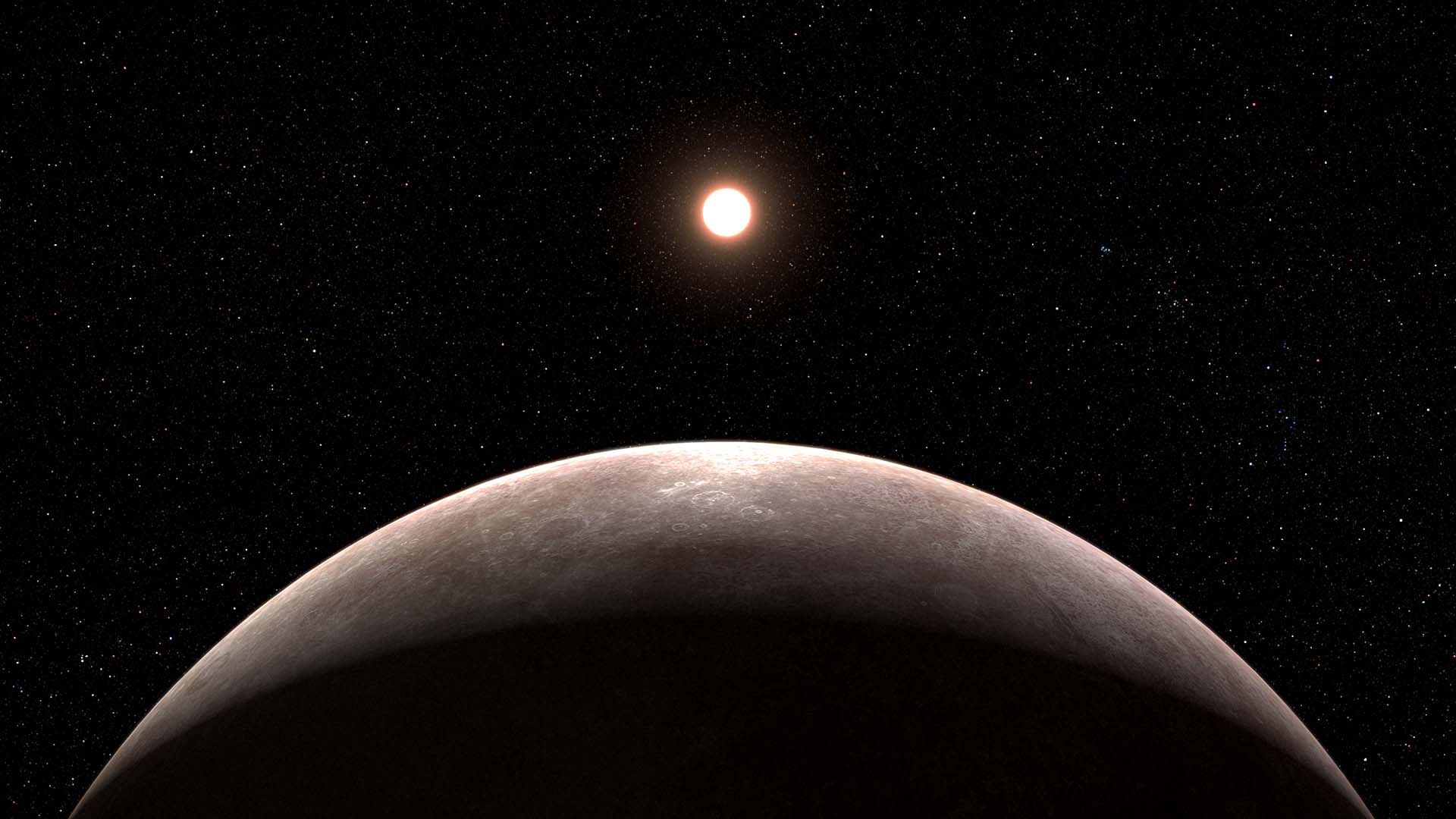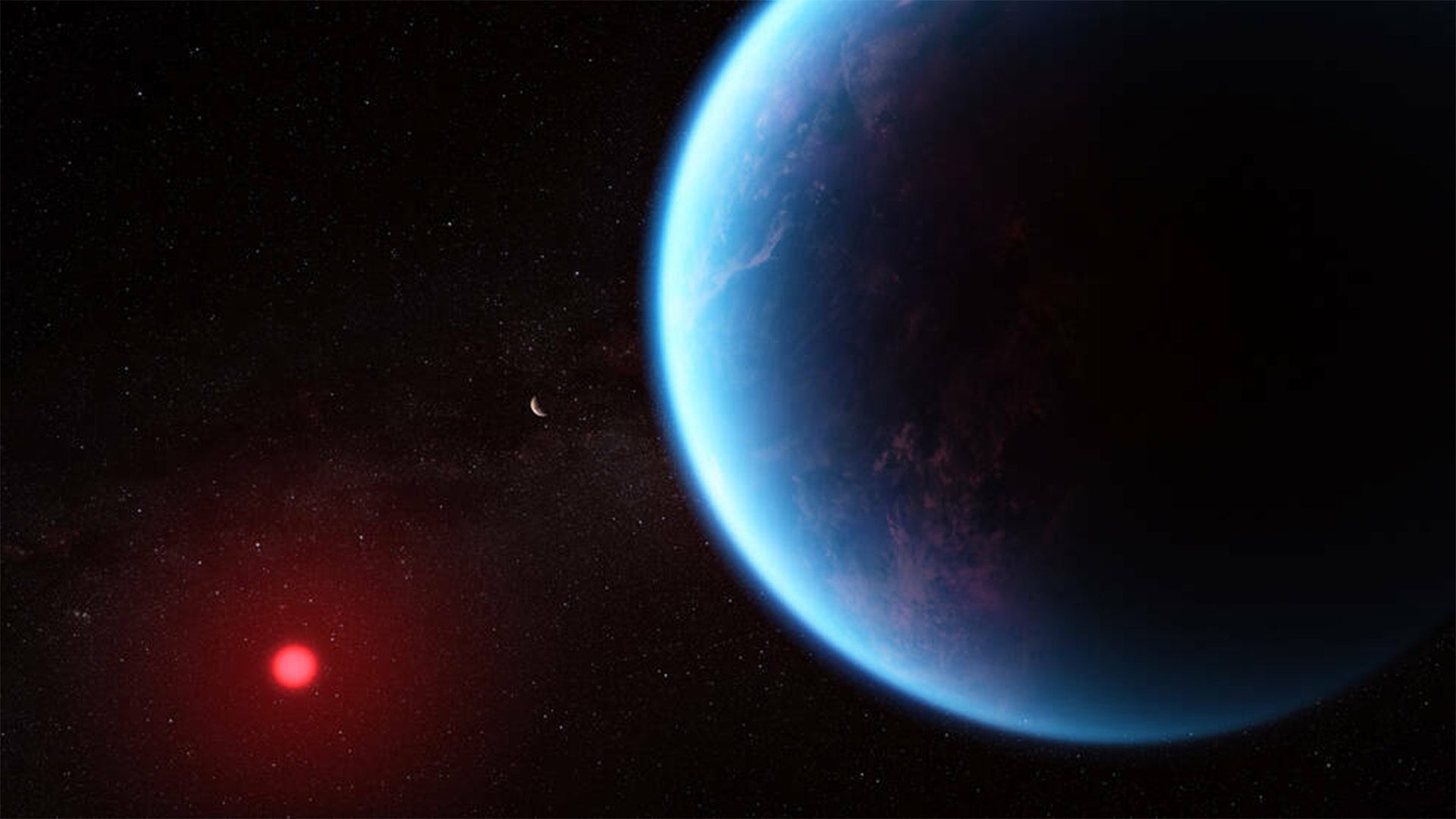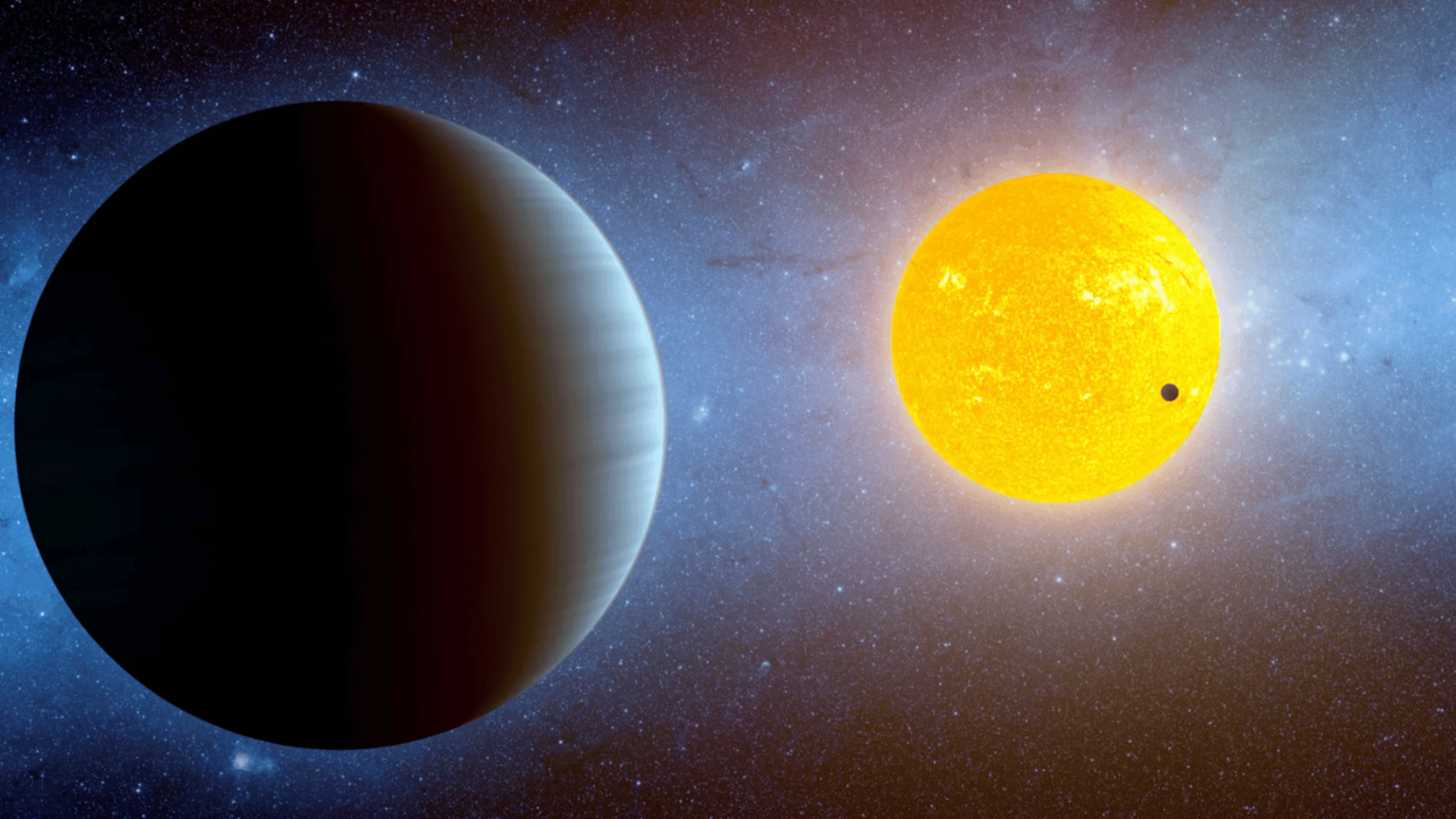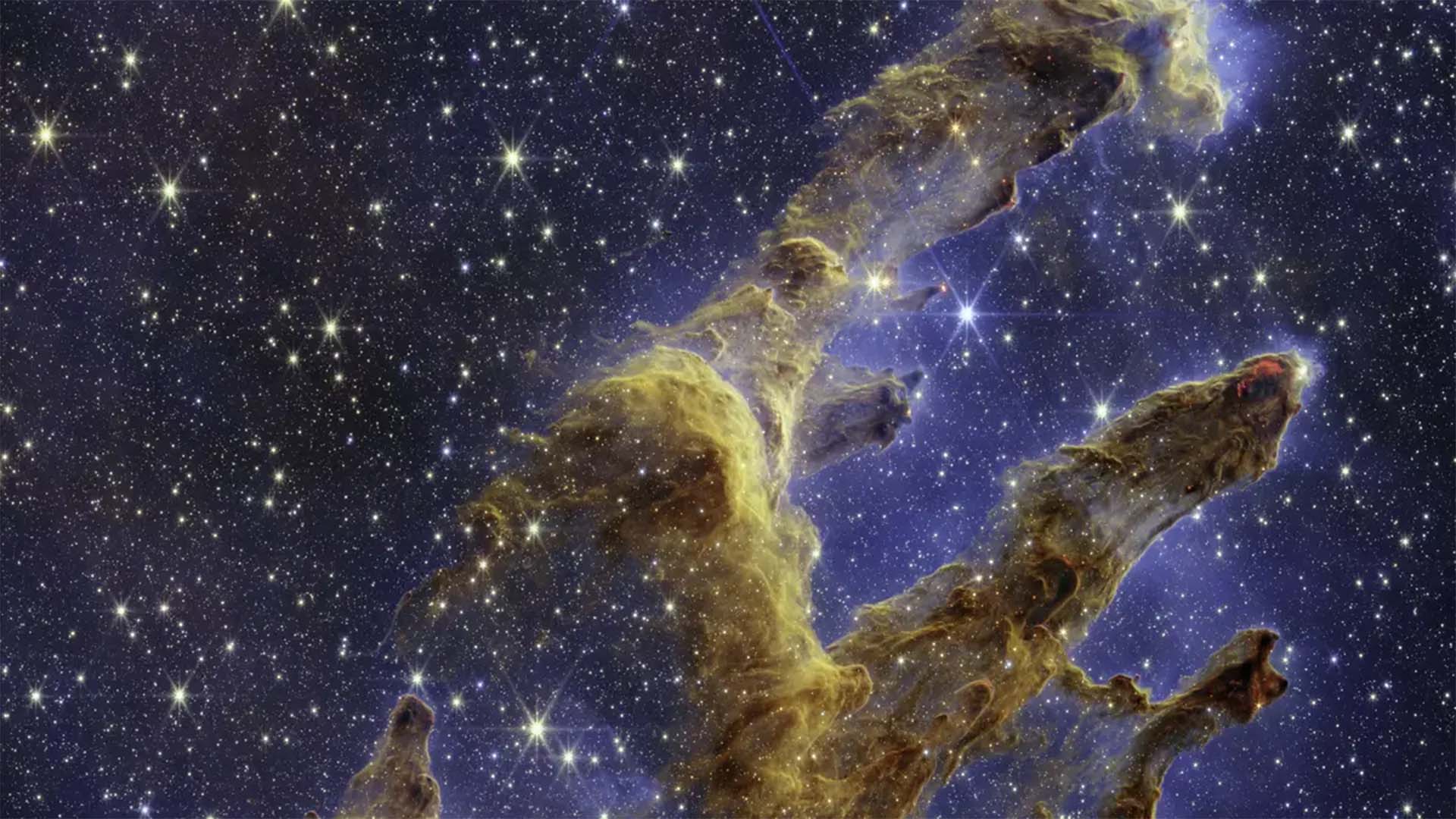Two teams of scientists discovered a potentially habitable planet orbiting a small star approximately 40 light-years away.
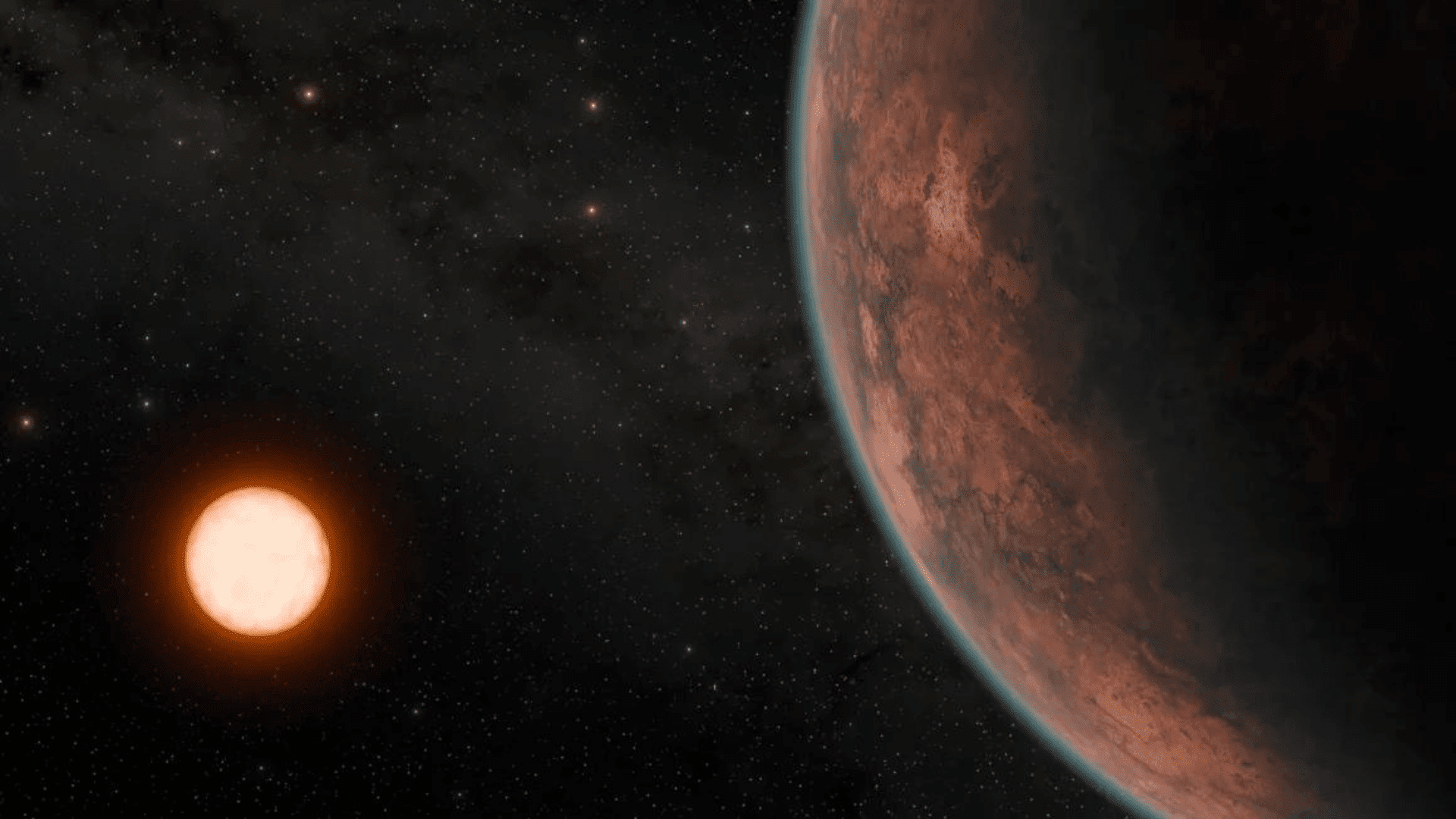
The exoplanet is called Gliese 12b, and its size is a bit smaller than Earth but larger than Venus. Orbiting a cool red dwarf star in the constellation Pisces, it’s about 27% the size of our sun and 60% of its temperature.
Though Gliese 12b orbits closer to its sun than Earth, completing its orbit in 12.8 days, it’s still in the habitable zone as the star is much smaller than the Sun. The habitable zone or Goldilocks zone refers to the ideal distance from a star for liquid water to exist and, thereby, the possibility of life.
“We’ve found the nearest, transiting, temperate, Earth-size world located to date,” said Masayuki Kuzuhara, a project assistant professor at the Astrobiology Center in Tokyo and co-leader of one of the research teams with Akihiko Fukui, a project assistant professor at the University of Tokyo, in a statement.
Working under the assumption that the exoplanet doesn’t have an atmosphere, scientists have estimated that its surface temperature is approximately 107 degrees Fahrenheit. Now that the planet has been identified, researchers can analyze it further to determine whether the right elements are present in the atmosphere.
Explore Tomorrow's World from your inbox
Get the latest science, technology, and sustainability content delivered to your inbox.
I understand that by providing my email address, I agree to receive emails from Tomorrow's World Today. I understand that I may opt out of receiving such communications at any time.
“There’s only a handful (of exoplanets) we’ve found that are good candidates for that. And this is our nearest, and so that’s quite a major discovery,” Larissa Palethorpe, a doctoral student at the University of Edinburgh and University College London who co-led the other study, told CNN.
The new study was published in The Astrophysical Journal Letters and Monthly Notices of the Royal Astronomical Society. The scientists behind the study used publicly available data from NASA’s Transiting Exoplanet Survey Satellite (TESS), a telescope that monitors tens of thousands of stars each month.
Researchers hope to use the James Webb Telescope to conduct spectroscopy analysis in the next stage of analyzing the exoplanet. Additionally, the team hopes this discovery could help us better understand Earth.
“What this planet will teach us in particular is what happened for Earth to stay habitable but for Venus to not… It can tell us the habitability pathways that planets take as they develop,” she said.



